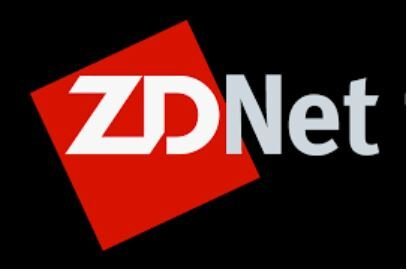What’s Next: Managing Data in Cloud Native Environments
- Technology Solutions
- 0 Replies
As information becomes critical in customer experience and business processes, managing data at scale is becoming increasingly important. The tolerance for exposure to data loss and downtime that blocks access to critical information has become low, while the efforts to get software faster and more resilient have focused on improving the management and simplifying the work of scaling large datasets that span multiple locations.
In this video presentation, we looked at the latest tools that are challenging the traditional approaches to meet the needs of data-intensive applications. We spoke with Wayne Duso, vice president of engineering at Amazon Web Services, Jordan Tigani, chief product officer at SingleStore and Kabir Shahani, chief executive officer at Amperity. The interviews were recorded at the AWS:ReInvent conference late last year. TNS Publisher Alex Williams led the interviews.
Continue reading: https://thenewstack.io/whats-next-managing-data-in-cloud-native-environments/
In this video presentation, we looked at the latest tools that are challenging the traditional approaches to meet the needs of data-intensive applications. We spoke with Wayne Duso, vice president of engineering at Amazon Web Services, Jordan Tigani, chief product officer at SingleStore and Kabir Shahani, chief executive officer at Amperity. The interviews were recorded at the AWS:ReInvent conference late last year. TNS Publisher Alex Williams led the interviews.
Continue reading: https://thenewstack.io/whats-next-managing-data-in-cloud-native-environments/





















